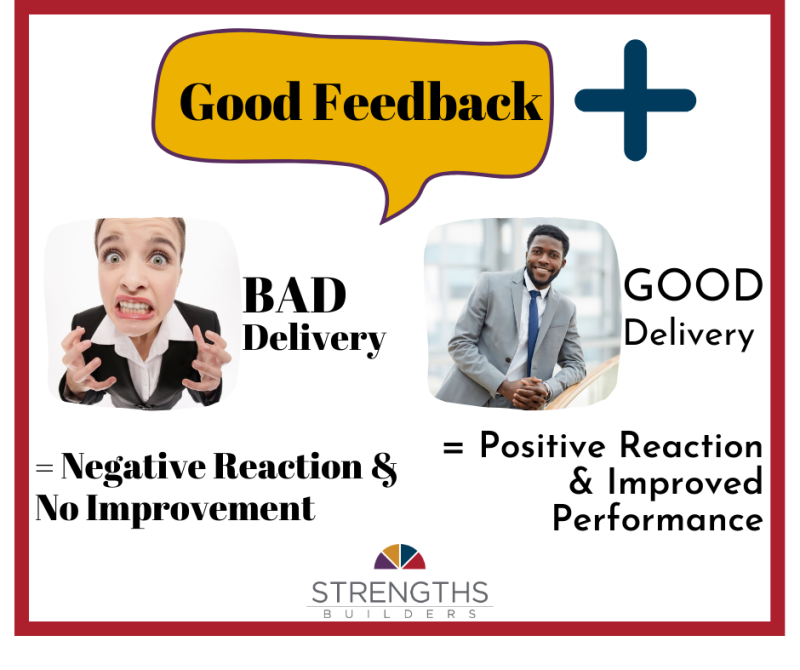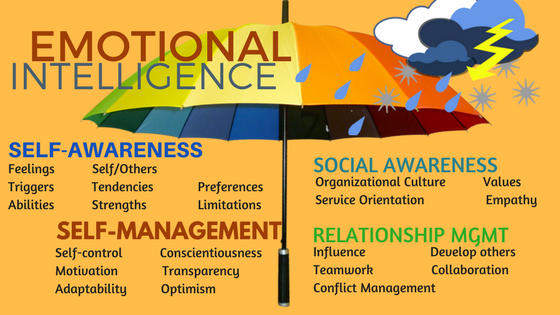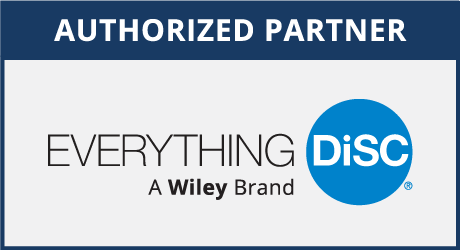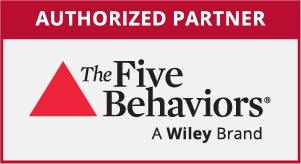Be Kind to Yourself
Leadership presents a rollercoaster of triumphs and trials. Like everyone else, they are not immune to a missed deadline, underwhelming projects or a personal challenge that has disrupted their schedule. These moments can leave us feeling disheartened and even cause us to question our abilities. Yet, in these crucial moments, the most adept leaders embrace […]






